According to a recent survey by DRAMeXchange, the DRAM contract price in the fourth quarter of 2018 was 10% adjusted from the previous quarter. Due to weak demand for products such as PCs, servers and smartphones in 2019, major DRAM suppliers have slowed down new capacity expansion in order to slow down the price decline.
According to DRAMeXchange, the total capital expenditure for production in the DRAM industry in 2019 was about $18 billion, the lowest in recent years, with an annual reduction of about 10%.
It is estimated that the capital expenditure of South Korean semiconductor companies is expected to reach 12.087 billion US dollars next year, down 34.7% year-on-year, leading the global semiconductor economic recession. Capital expenditures by mainland Chinese companies have soared by 84.3% this year, and are expected to fall by 2% next year to $11.957 billion. At the same time, Micron Technology is expected to grow 28% to $10.5 billion.
Among them, the two Korean manufacturers first announced that they will slow down the investment plan for 2019. Samsung Semiconductor's total DRAM investment in 2019 is about 8 billion US dollars, mainly used in the continuous transfer of advanced processes (1Ynm) and the development of new products. In addition, Samsung Semiconductor decided to terminate the expansion plan of the Pyeongtaek Plant (Line18). SK Hynix's DRAM investment in 2019 will also be reduced to about 5.5 billion US dollars, mainly for the continuous transfer to new processes and improve yields.
Previously, according to the latest report from SEMI, the capital expenditure of memory chip manufacturers is expected to drop by 19% next year, instead of the previous forecast of 3% growth. DRAM is expected to decline by 23%, and NAND flash is expected to decline by 13%.

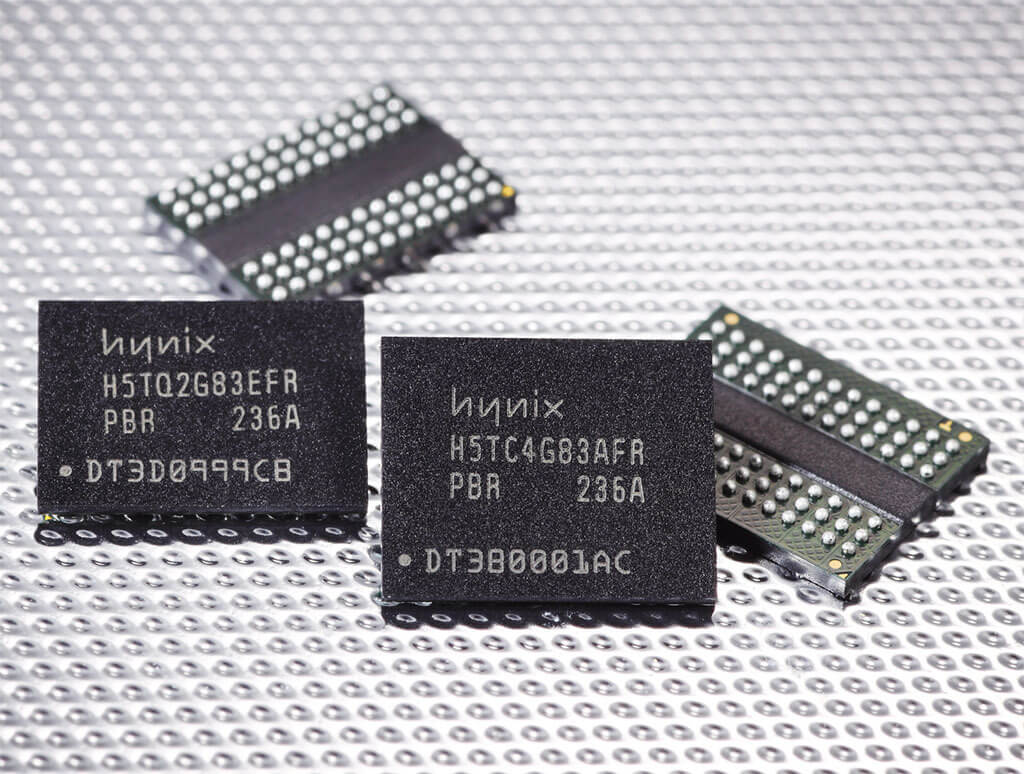

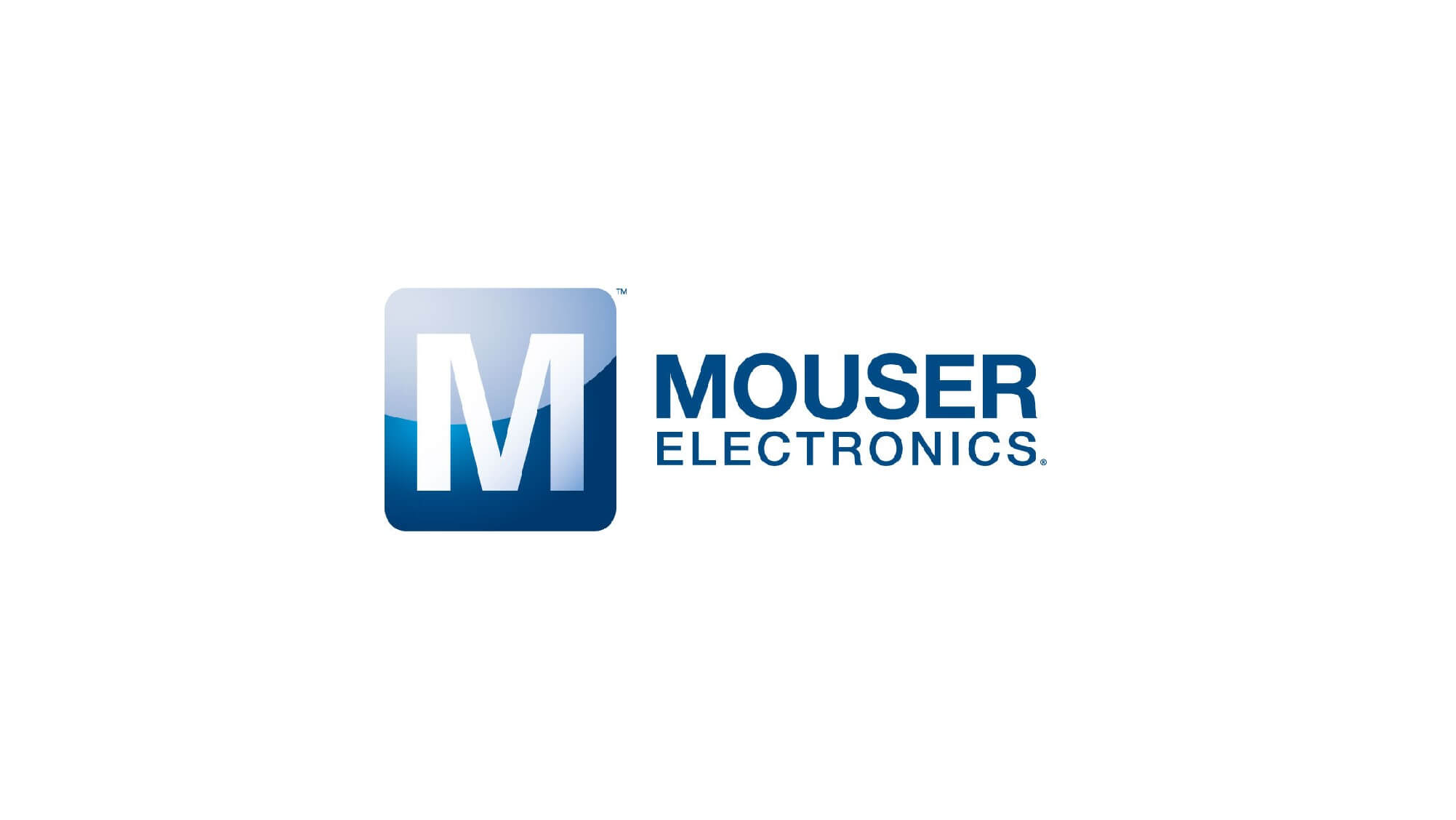


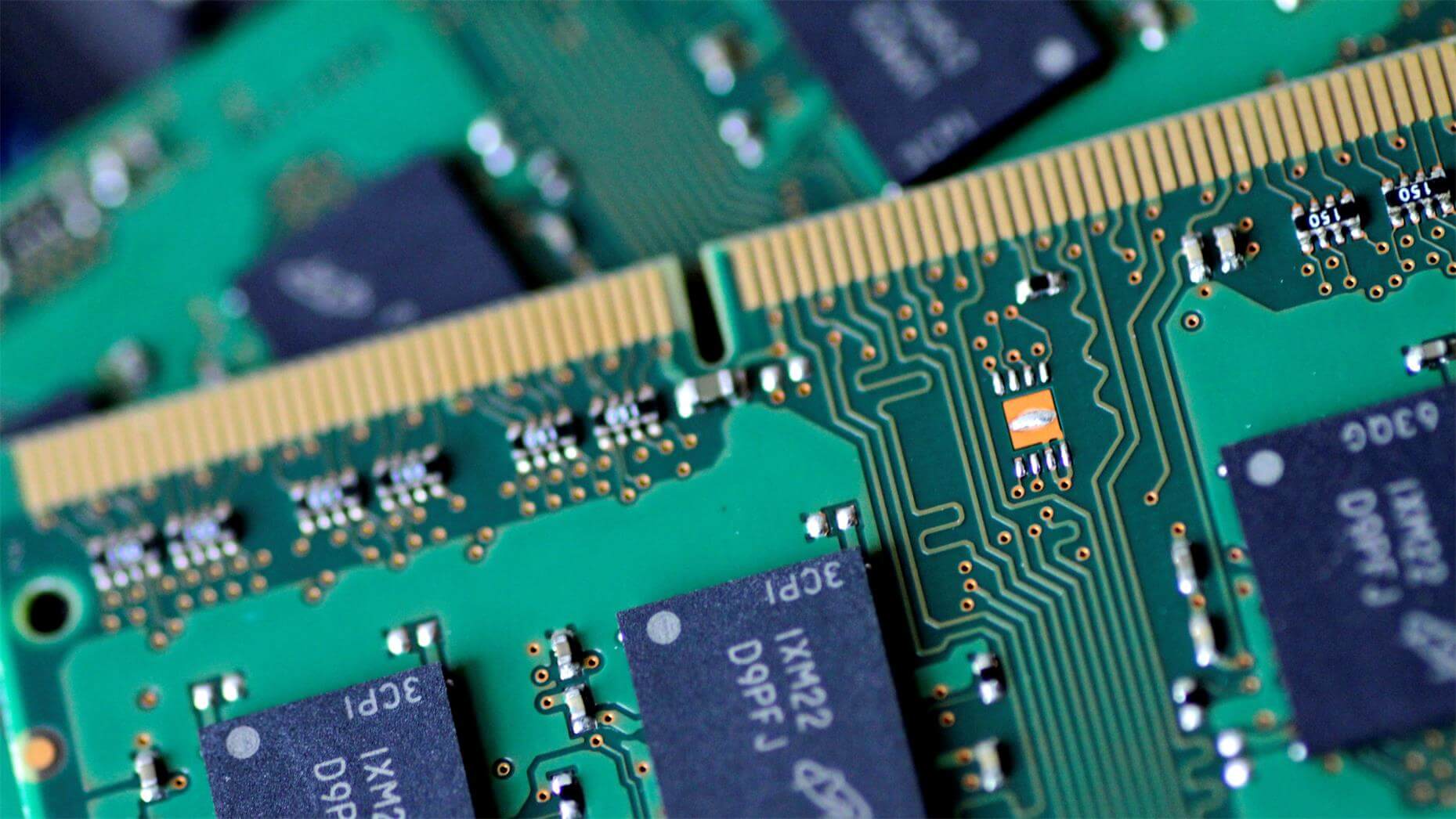

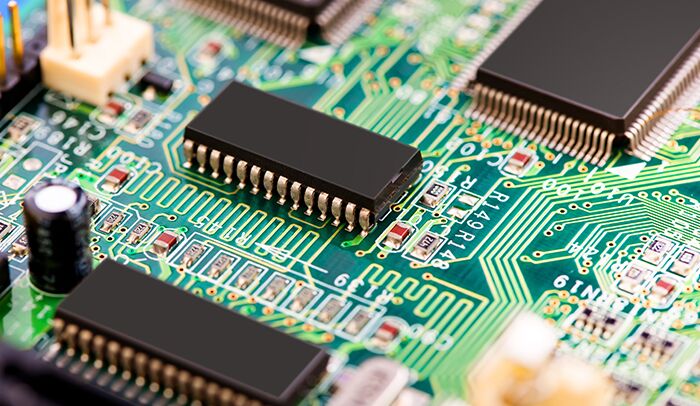
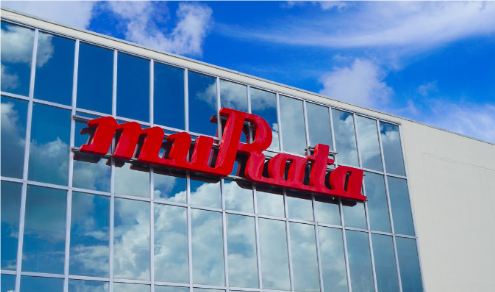
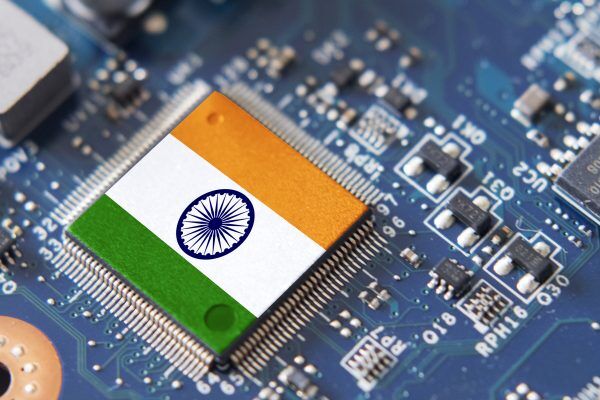

All Comments (0)